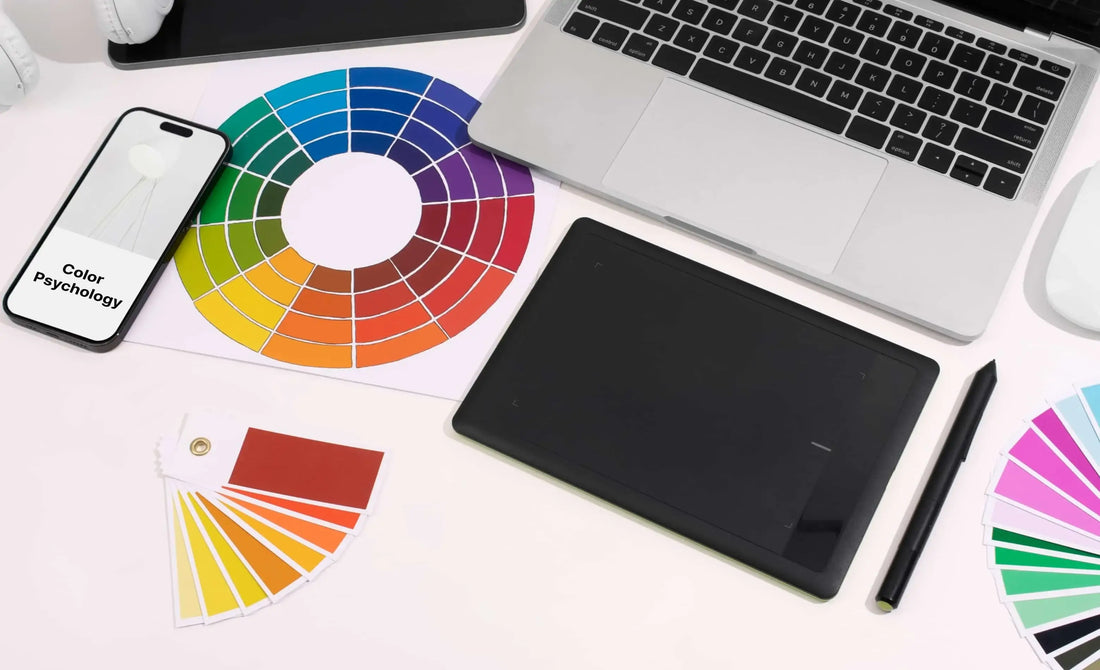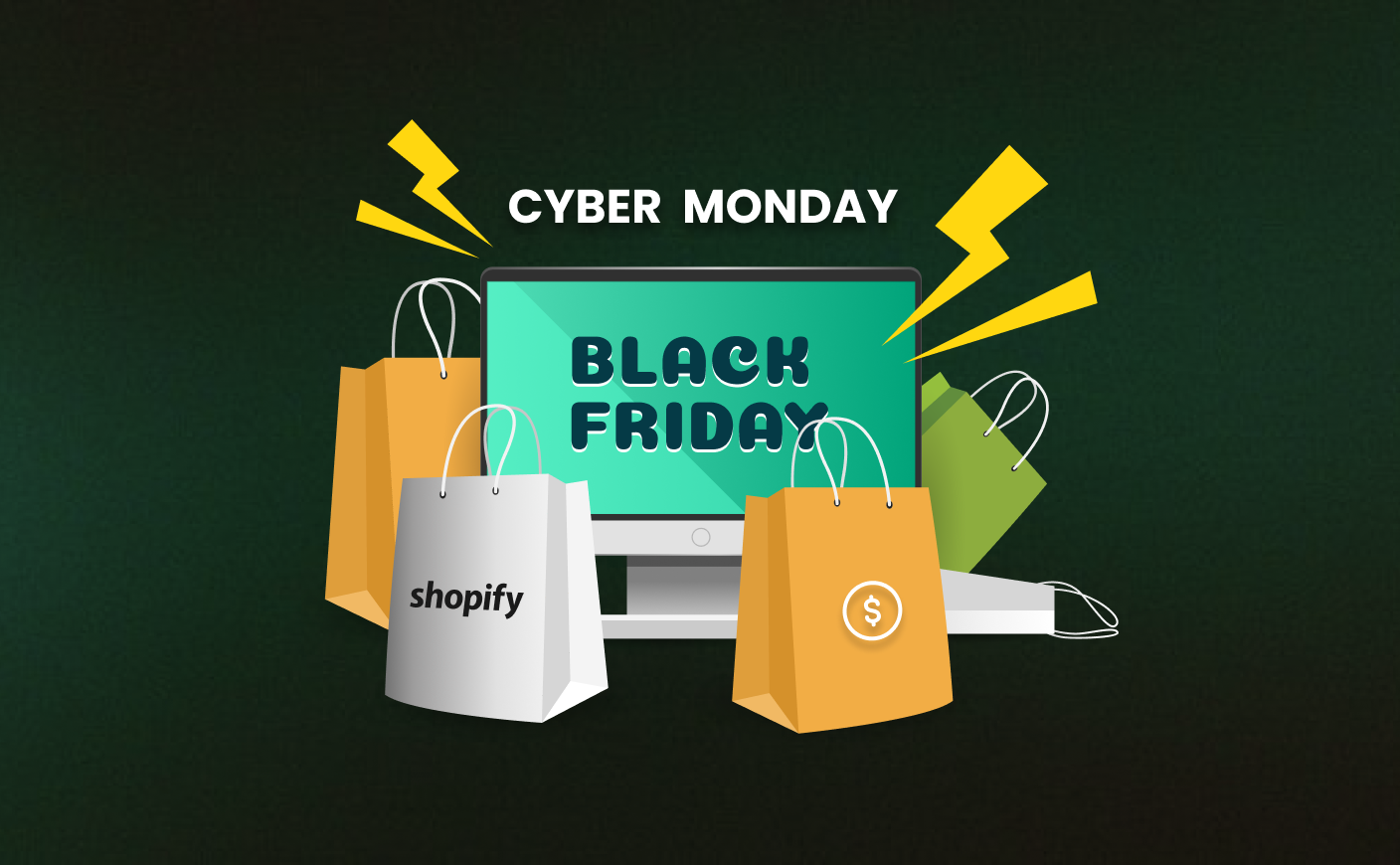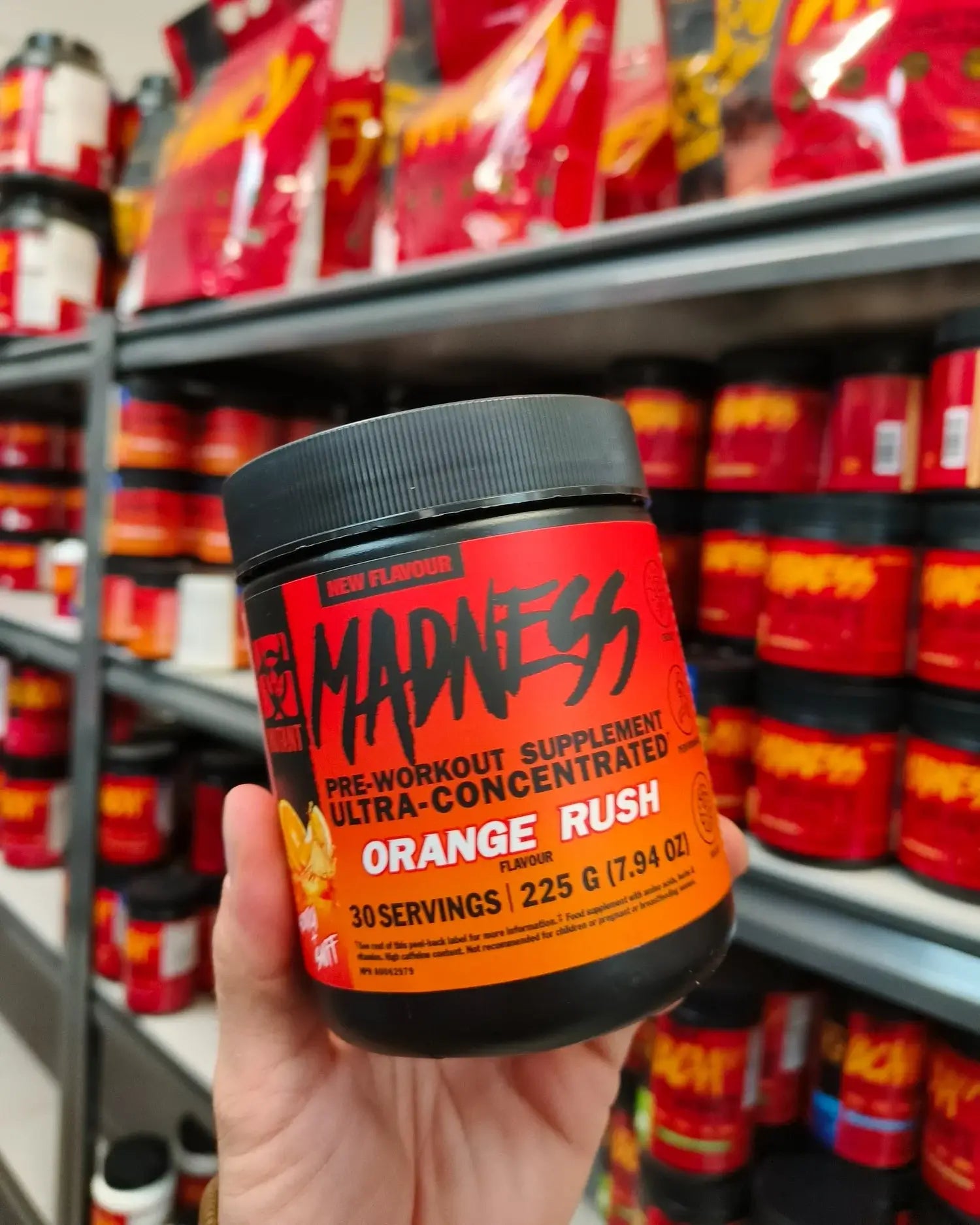All You Need To Know About Color Psychology In Website
Content & Branding
shopify
Shopify Design & Development

Color is a very powerful element. It has the ability to evoke a certain attitude and emotion towards your user.
Yes, you heard that right!
As per a recent study, colors can increase the likelihood of your brand recognition by 80%.
It has the power to strengthen your brand image, bring in more sales, and even encourage your visitors towards doing a certain action.
What Do You Understand By Color Psychology?
The term "color psychology" describes how different hues affect how people behave. Selecting the appropriate colors for a website can increase conversion rates, boost sales, and improve user engagement.
Colors have the power to increase or decrease consumer loyalty. Similar to how men and women enjoy different colors, people are drawn to specific colors based on the type of business they are in.
A Guide To Color Psychology In Web Designing
Let us explore the psychology behind different colors with real life use cases.
White
White is a color associated with truth, cleanliness, innocence, purity, neutrality, virtue, happiness, and safety. It's one of the most often used hues for website backgrounds!
Whitespace is an important component in web design. It helps in marketing efforts as it has the versatility and ability to draw attention with its simplicity.
Brands like ASOS, Adidas, Intuit Turbo, Scotch & Soda, and others have recognised the power of white color psychology in design and have successfully used it as part of their marketing strategy on their websites.
Why use it?
- To inspire a feeling of equality and fairness
- To symbolize wholeness and fresh starts
- To act as a clean canvas for new concepts
- To establish clarity and distinction
- To help visitors easily absorb the website's information
Why to avoid it?
- Overuse of white can evoke feelings of emptiness and isolation.
- A stark contrast between pure white and pure black can strain the eyes by reflecting too much light.
- Excessive white and black can make a website appear uninviting and cold.
It is ideal for:
- Healthcare-related sites.
- Science and high-tech websites.
- Luxury item websites.
Yellow
It is vibrant. It is cheerful. This vibrant and energetic hue is ideal for creating captivating websites that pique customers' interest. Have you ever thought about the use of accent colors in web design? Well, yellow is one of them! In terms of color psychology, it represents happiness.
Nikon, a worldwide famous firm in optical devices, includes yellow into its branding and digital marketing strategy, urging individuals to capture moments of joy and youth.
In addition, yellow can be seen in the logos of well-known companies like National Geographic, IKEA, McDonald's, and Snapchat, among others.
Why use it?
- To evoke feelings of joy
- To make the brand feel more welcoming and relatable
- To draw more focus to the CTAs
- To convey a sense of caution
Why to avoid it?
- Excessive yellow on a website can create an overwhelmingly harsh effect.
- Using incorrect hues or overly bright shades of yellow can make your site appear spammy, inexpensive, and hard on the eyes.
It is ideal for:
- Foster feelings of happiness among users.
- Corporate branding and advertising efforts.
Orange
Website design psychology claims that orange represents warmth, vibrancy, and happiness. Recognized as a lively color reflecting optimism and inspiration, the strategic application of orange on websites can create sentiments of enthusiasm, excitement, ambition, and playfulness. Often called the "new red," it doesn't carry the same hazards as the aforementioned hue.
Websites such as Whataburger, Orange Soda, Amber Support Services, and Story Cubes use a variety of orange hues.
Why use it?
- To foster a feeling of assurance and rivalry
- To capture attention
- To enhance conversion rates
- To stimulate cravings
- To convey caution
Why to avoid it?
- Excessive use of orange on websites can be overwhelming.
- Misusing this color can lead to a chaotic look for your website.
It is ideal for:
- Automotive, entertainment, technology, ecommerce, childcare, and food sectors.
- Lighter shades of orange are just as favored as yellow in online marketing.
Red
Red is the most noticeable color in the spectrum and is considered the best option for online marketing.
It has a strong psychological effect that quickens breathing and raises pulse rates.
Red is a significant color in the logos of several popular fast food restaurants, including Pizza Hut, Burger King, KFC, and McDonald's. Its extensive usage on the websites of companies like TedxToronto, KitKat, YouTube, Coca-Cola, and others highlights its significant impact in the branding and marketing industry.
Why use it?
- To attract interest
- To encourage engagement
- To represent enthusiasm
- To convey strength and generate impact
- To stir excitement and deep feelings
Why to avoid it?
The color red is often associated with violence, war, anger, aggression, danger, and fire.
- Excessive red can lead to overstimulation and heightened emotions.
It is ideal for:
- Fashion, sports, entertainment, food, advertising and emergency services.
- The proper application of color psychology in website design highlights red as a powerful choice.
Purple
The color purple evokes up images of luxury, aristocracy, emotion, and nostalgia. It is widely recognised as one of the most relaxing colors for websites and is associated with spirituality and creativity.
It oozes a balance of two emotions - the reliability and stability of blue, coupled with the force and energy of red.
Several well-known companies, such Cadbury, Hallmark, PassLocker, and Yahoo! Mail, use this color in their online designs.
Why use it?
- To convey innovation and artistry
- To inspire a feeling of intrigue and wonder
- To symbolize knowledge, power, and affluence
- To instill admiration
Why to avoid it?
- Incorrect purple hue can create a sense of detachment on a website.
- Overusing purple in web design may lead to distractions or provoke introspection.
It is ideal for:
- Beauty products, massage services, healing, yoga, astrology, and spirituality.
- Feminine brands.
Blue
Blue is a sign for wisdom, stability, dependability, safety, and trust. It is believed that using this color in site design can increase conversion rates. This color is frequently used in logos and online design projects by industries like cybersecurity, banking, and insurance that seek to foster a strong sense of trust among their target audience.
For instance, Facebook, the largest and most recognised social networking platform, largely uses blue. This indicates that blue is one of the most trustworthy colors, which explains why big online banks like CapitalOne.com and digital payment providers like PayPal are adopting it so extensively.
Why use it?
- To induce an invigorating and refreshing impact.
- To inspire confidence and reliability.
- To promote a calming influence.
- To ease the audience's tension.
Why to avoid it?
- Can evoke feelings of detachment.
- In certain cultures, blue signifies mourning and sorrow.
- Blue is often linked to appetite suppression and should not be used in food-related brands.
It is ideal for:
- Financial sector, healthcare, and large corporations.
- Science, technology, dentistry, legal matters, government, and medical services.
Gray
In color psychology, gray represents neutrality and balance. Being a tint between black and white, it represents a combination of color associations.
Grey is frequently associated with formality, power, authority, practicality, professionalism, and refinement.
It's likely that you agree that Apple's gray logo effectively conveys style, advanced technology, and modern design to its target market.
Why use it?
- To provide websites with a polished appearance
- To impart a sense of enduring quality
- To foster distinct attributes
- To evoke a soothing ambiance
Why to avoid it?
- In various cultures, gray is often associated with negative feelings like loss and sadness.
- Its lack of color can make it appear dull and uninviting.
It is ideal for:
- Web designs targeting users seeking reliable and premium services.
Final Thoughts
The right color choices will help you design your website in a way that will draw visitors in, keep them interested, and motivate action. Using the correct color scheme on your website will help you connect with your audience and increase conversions.
CrawlApps
At CrawlApps, we don’t just build Shopify stores—we create experiences that sell. We’re a bunch of problem-solvers who love turning ideas into stores that actually converts. Whether it’s fixing what’s broken or building something from scratch, we make sure every detail works in your favor. No fluff, no jargon—just real solutions that help your business grow. If you’re serious about Shopify, you’ll feel right at home with us.















